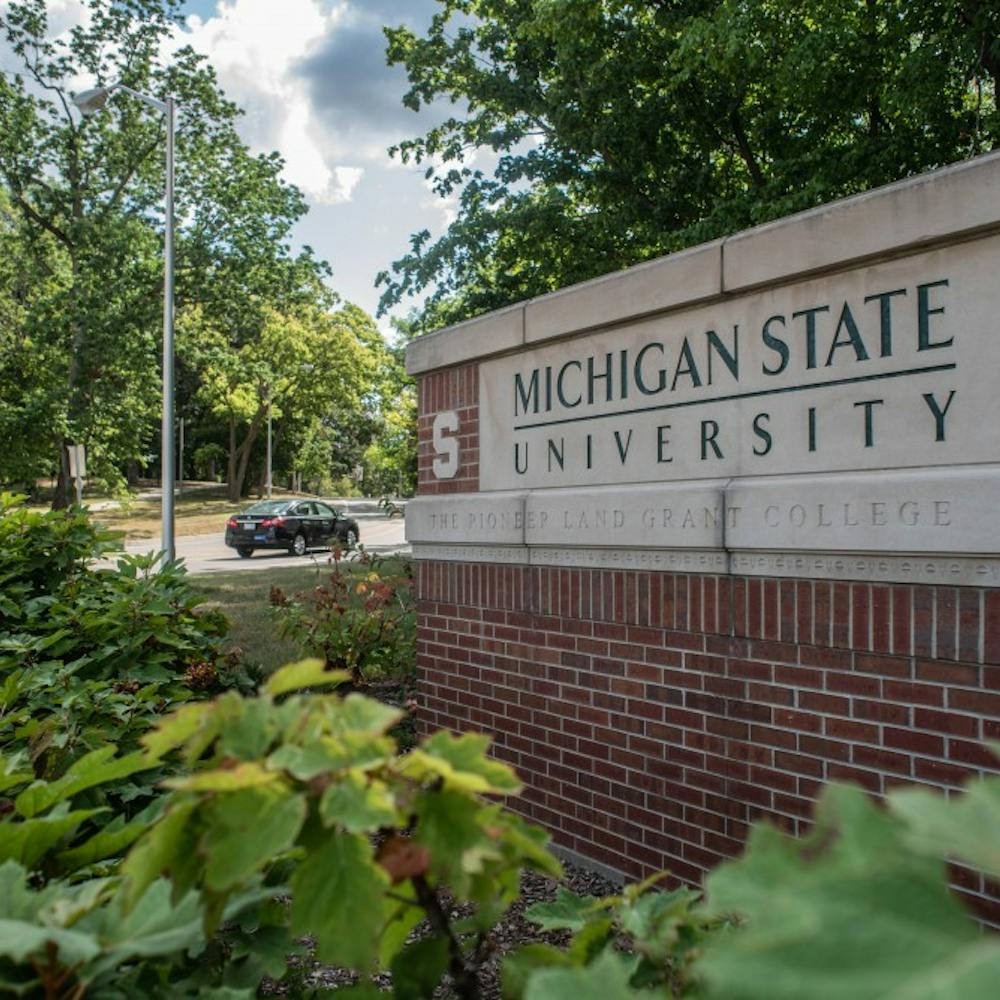good news for anyone who did not want to trek out to the MSU Clinical Center on the southern border of campus for a routine check-up.
The Olin Health Center will stay put for the near future while MSU explores the possibility of offering health, as well as academic services, in each of the university’s residential neighborhoods.
Good choices all around. Moving to the Clinical Center never really made sense. According to the university, it would have moved because of campuswide budget cuts — to save money, as it were. Those savings probably would have come at the cost of reduced effectiveness as students would choose to use the service less. Olin might not be in the perfect spot right now, but moving it farther away from students was the wrong solution to the problem.
The decentralization of the services is an idea we think MSU should continue to develop. Unlike the aborted move to the Clinical Center, the Neighborhood Concept takes into account student’s desire to have access to medical services the university offers. The easier the service is to access, the more likely it is for it to be used. Examples of this theory at work can be found in advertisements for apartments claiming certain amenities are “within walking distance.” There is no point in offering a campuswide service if only a few students can access it. Improving access might have the unintended consequence of raising costs, but even if it did, increased costs, in this case, would signal there are significant needs to be met in the community.
Instituting the Neighborhood Concept also addresses the main needs of the student body. Olin isn’t outfitted with state-of-the-art equipment and technology for every occasion. We have heard on more than one occasion that Olin is the place to go if all you need to find out is you’re pregnant or you have strep throat — Princeton-Plainsboro Teaching Hospital it is not. Creating service centers in neighborhoods that provide basic care such as check-ups and shots gives students a quick way to access basic needs. If nothing else, the concept should reduce wait times by breaking up the number of people from different areas who have to wait in one centralized location.
Spreading service around might also open space for other things. One of the reasons given for not moving into the Clinical Center was lack of space. Shifting services out of the building could open up more room for specialized services in Olin. Although the reality of the situation might differ, decentralization, in theory, could make it possible for each area to focus on the service it offers best.
That said, Olin will have to move eventually. The building is 71 years old and it couldn’t hurt to upgrade the facilities to make them more modern. University officials have said there is a chance within the next five years the health center could move into a new building. By that time we hope MSU has figured out a way to merge accessibility and functionality into one reasonably priced building.
Support student media!
Please consider donating to The State News and help fund the future of journalism.
Discussion
Share and discuss “Neighborhood Concept is the right step for MSU” on social media.






